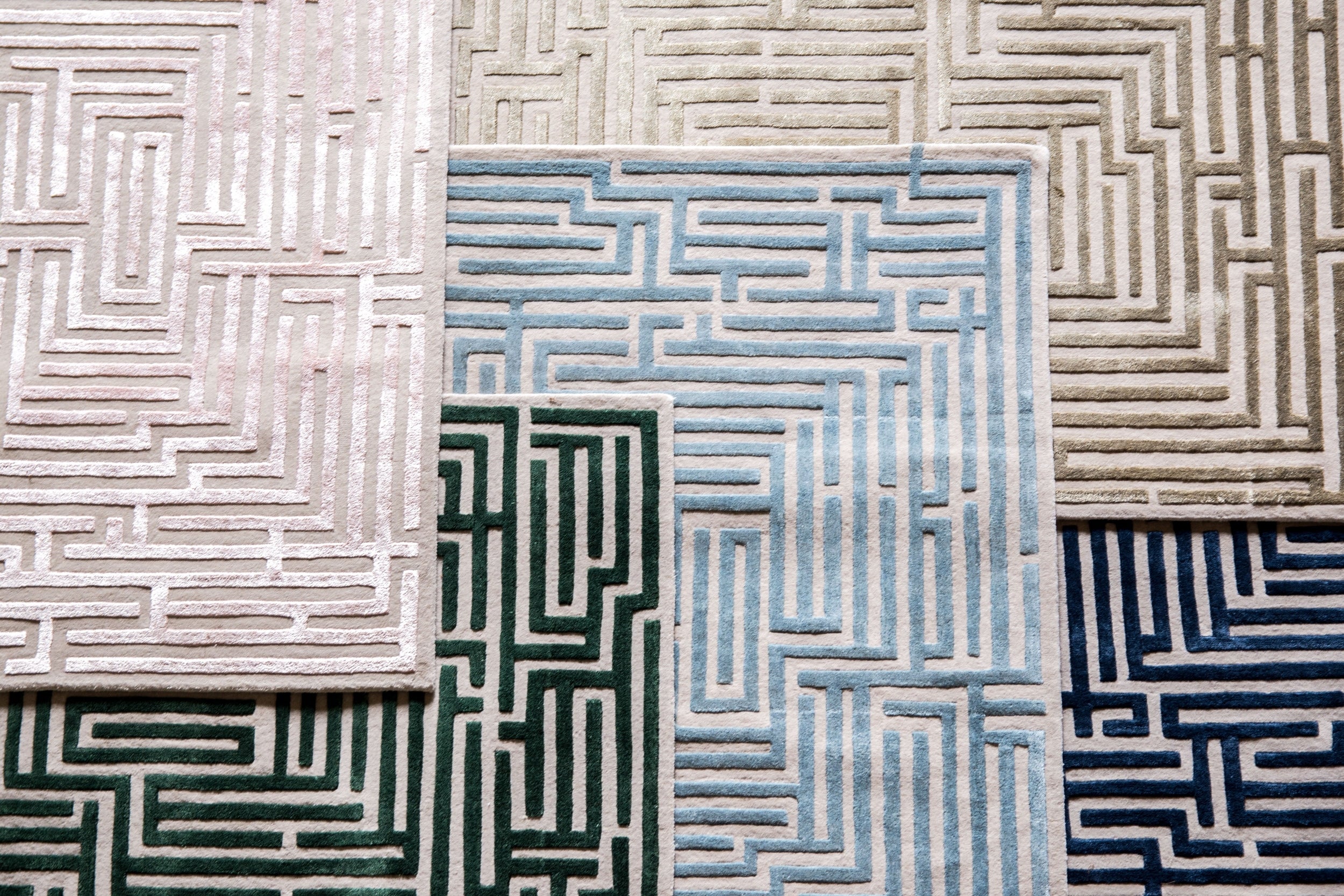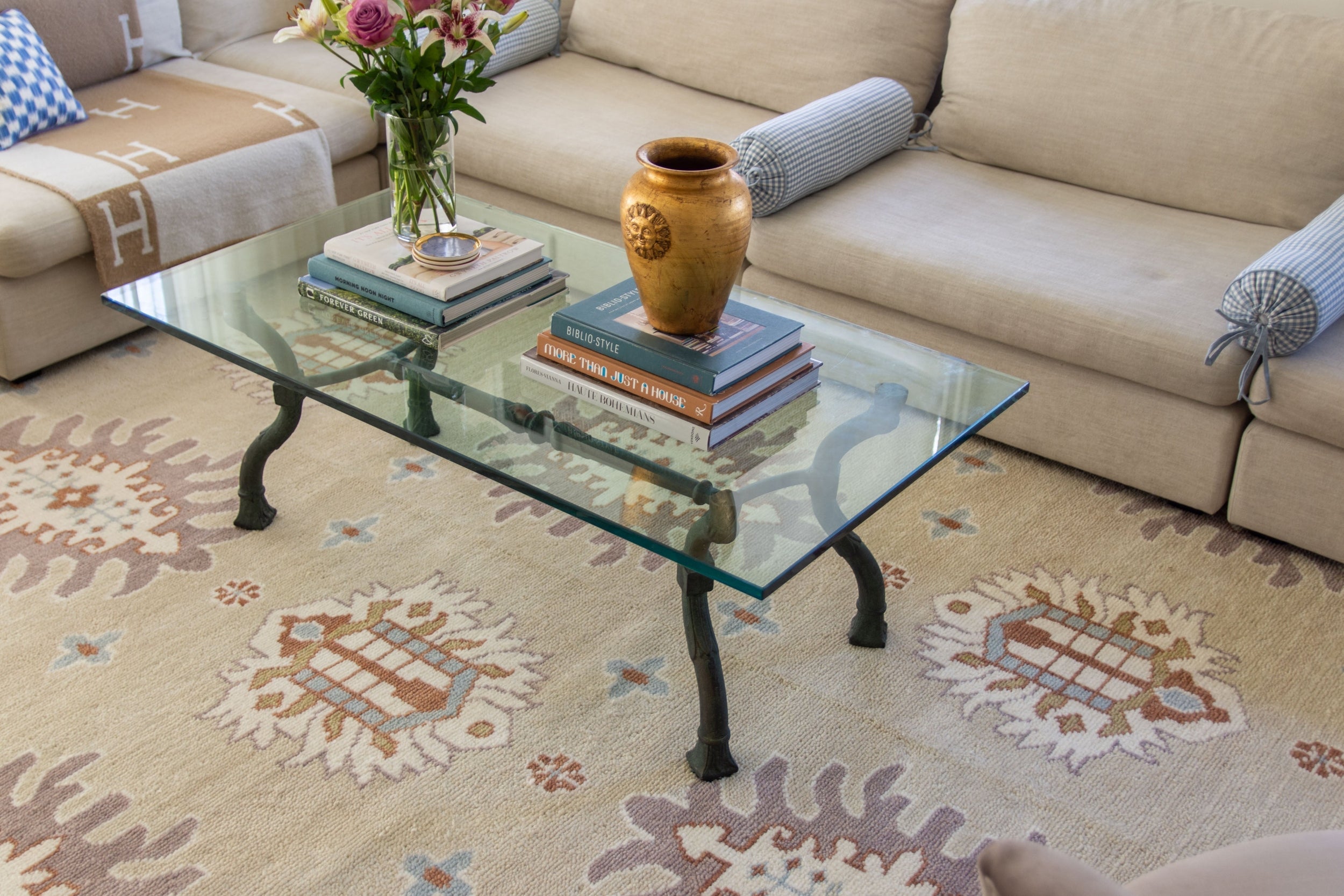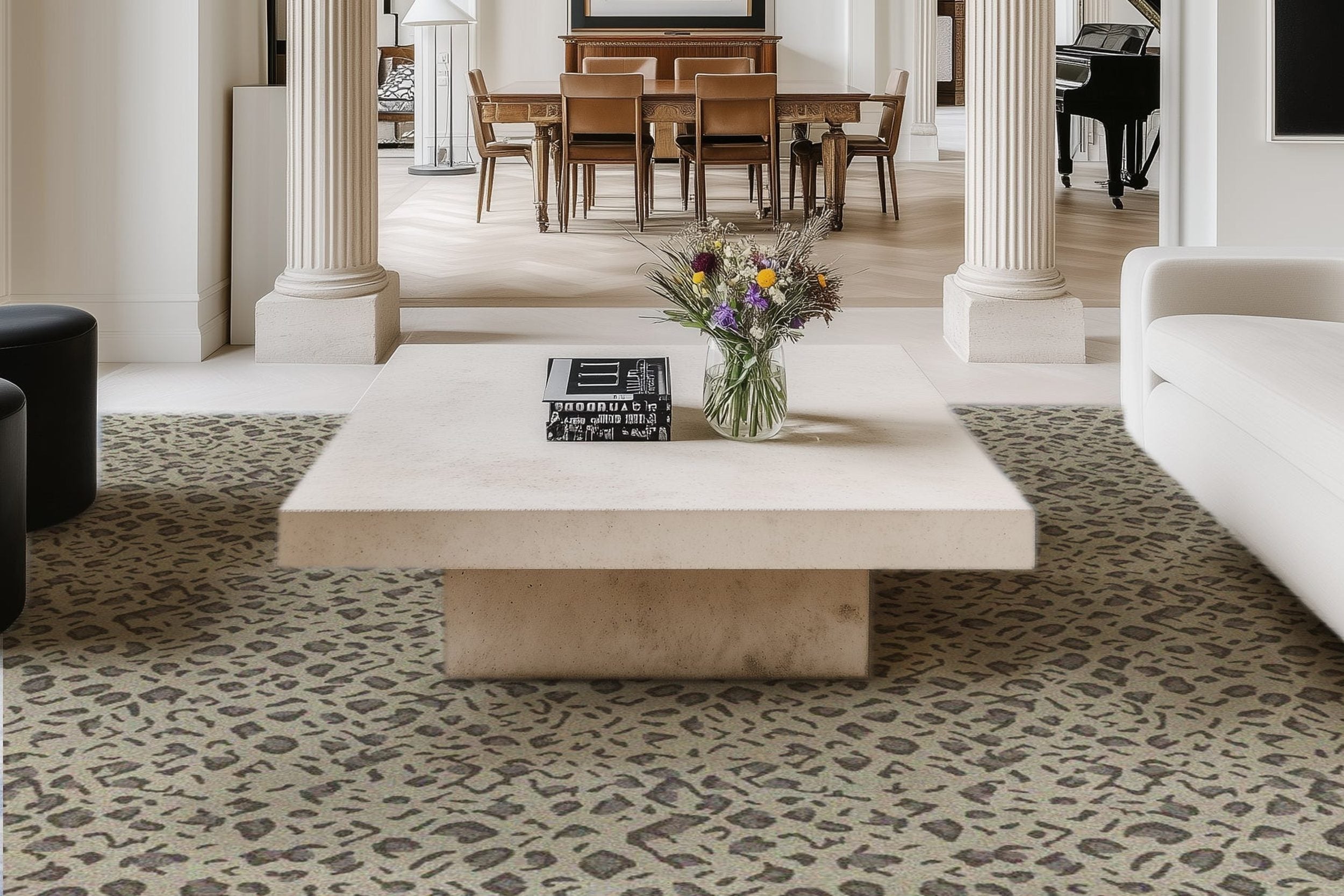How to Care for Furniture: Keep Every Piece Looking Its Best

Furniture does more than fill a space—it creates comfort, showcases your style, and becomes part of your daily life. Whether you have a cozy fabric armchair, a sleek glass coffee table, or a classic wooden dresser, proper care can dramatically extend your furniture's life and beauty.
With just a little attention and a few smart habits, you can protect your investment and keep your home looking its finest. Here’s your guide to caring for every type of furniture material!
Some Common Care Tips
No matter the material, some good habits apply to almost all furniture types:
- Dust Frequently: Dust isn’t just unsightly—it can cause tiny scratches over time. Use a microfiber cloth or vacuum with a brush attachment once a week.
- Handle with Care: Always lift furniture (like a modern sofa bed) instead of dragging it to avoid damaging legs, joints, or floors.
- Avoid Moisture and Sunlight: Excessive moisture can cause swelling or mold, while direct sunlight can fade or crack surfaces.
- Check for Wear and Tear: Tighten loose screws, repair minor damage quickly, and inspect surfaces every few months to stay ahead of problems.
How to Care for Wooden Furniture
Wood furniture brings timeless charm, but it’s sensitive to the environment.
- Cleaning: Dust with a soft, dry cloth. Occasionally, use a wood-specific cleaner. Avoid all-purpose sprays that can strip natural finishes.
- Maintenance: Protect wood from direct sunlight and drastic temperature changes. Always use coasters under drinks and trivets under hot dishes.
- Repair: Small scratches can be buffed with fine sandpaper and touched up with matching stain. For deep damage, consider professional refinishing.
How to Maintain Leather Furniture
Leather adds luxury and character—but it needs the right care to age gracefully.
- Cleaning: Wipe down gently with a damp, soft cloth. Use leather-specific cleaners for deeper cleaning; water alone can leave stains.
- Maintenance: Condition genuine leather twice a year to keep it supple. Protect from intense sun to avoid fading.
- Repair: For small cracks or tears, DIY leather kits work well. Significant damage may need professional restoration.
Caring for Upholstered Furniture
Soft, upholstered pieces invite you to relax—and they need some love in return.
- Cleaning: Vacuum weekly to remove dust and debris. Blot spills immediately with a clean cloth (never rub!) and use fabric-safe cleaners to clean your fabric dresser.
- Maintenance: Rotate and fluff cushions to prevent uneven wear. Tighten any loose legs or frames.
- Repair: For minor rips or worn spots, patching is an option. If wear is widespread, consider reupholstering.
How to Look After Metal Furniture
Metal furniture is durable but can still suffer from rust or corrosion.
- Cleaning: Wipe with a soft cloth and mild soap. Avoid abrasive pads that scratch surfaces.
- Maintenance: Keep metal dry, especially if outdoors. Wax or sealants can add an extra layer of protection.
- Repair: Light rust can be sanded away and resealed. For extensive corrosion, professional repair may be necessary.
Protecting Glass Furniture
Glass furniture feels modern and open, but it's vulnerable to scratches and chips.
- Cleaning: Use a quality glass cleaner and a lint-free cloth for a streak-free finish.
- Maintenance: Handle carefully to prevent impact damage. Use placemats or coasters to shield glass surfaces.
- Repair: Cracked or chipped glass should be replaced promptly for safety.
Taking Care of Plastic Furniture
Plastic is practical and lightweight, but it needs some basic care to last.
- Cleaning: Wash with mild detergent and water. Avoid harsh chemicals that can cause discoloration.
- Maintenance: Store indoors when possible during extreme weather to prevent warping.
- Repair: Small cracks may be sealed with plastic adhesives. Severely damaged items are often best replaced.
Caring for Wicker and Rattan Furniture
Wicker and rattan pieces offer natural beauty but are sensitive to moisture and dryness.
- Cleaning: Gently dust with a soft brush or vacuum with a brush attachment. Spot-clean with diluted soap and water.
- Maintenance: Keep pieces dry and shield them from prolonged sun exposure. Mist lightly with water if indoors to maintain flexibility.
- Repair: Repair minor damage by replacing broken strands or applying a fresh coat of stain or varnish.
Outdoor Furniture Special Tips
Outdoor furniture faces extra challenges from the elements.
- Protection: Use fitted covers to guard against sun, rain, and snow. Move lightweight pieces indoors during storms.
- Storage: Store outdoor furniture in a dry, protected space during winter or long periods of bad weather.
- Extra Care: Clean and inspect outdoor pieces more often, since they're more exposed to dirt, pollen, and UV rays.
Your Furniture Deserves Care
Taking care of your furniture doesn’t just keep it looking beautiful—it protects your investment and keeps your home feeling welcoming and polished. By following simple routines, responding quickly to small issues, and understanding the needs of each material, you can enjoy your favorite pieces for many years to come.
Start today—your furniture (and your future self) will thank you!
Browse by Category

Design Projects
Explore interiors from client work and personal renovations — layered, livable, and always in progress.
read more →
Collaborations
From product launches to styled spaces, discover the brand stories I’ve helped bring to life.
read more →
The Notebook
A growing archive of iconic designers, inspiring artists, and unforgettable design moments.
read more →
Travel by Design
Wander with a designer’s eye — from charming hotels and city guides to visual inspiration abroad.
read more →




